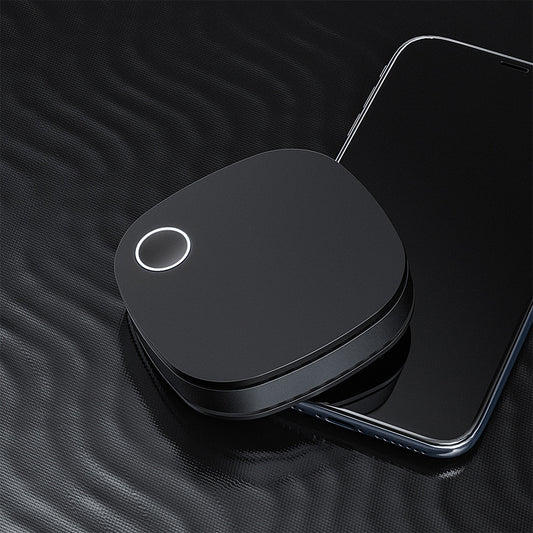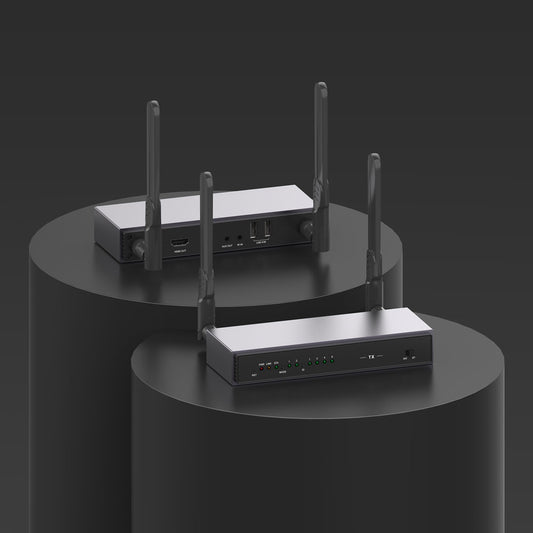
How To Set Up A Perfect Home Theater?
There are many minor details to take into account when designing your ideal home theater system, but one crucial one is how the video will get to the screen. especially for projectors, which are usually placed on the opposite side of the room from the screen and far from a cable or internet connection. The idea of wiring the walls and ceiling to link everything is quite scary. One solution that can assist you in this case and save you a ton of time and headache is the use of wireless video receivers.
How to use wireless video equipment
We should talk about wireless HDMI first. You can deliver a high-quality video signal wirelessly with any brand and model of wireless HDMI transmitter kit, just like you can with a projector (our guide). Using a wireless HDMI transmitter/receiver is one of the finest ways to send video remotely. One receiver and one transmitter are the two pieces of hardware that will be included in the kit. Simply connect the transmitter and receiver to your source and destination for wireless HDMI.

HDMI wireless quality
Is it any good? is yet another important query you can have regarding wireless HDMI. Getting the technology correct for streaming sticks is relatively easy. In the end, all you're doing is streaming video to a screen, the same as you would on a laptop, tablet, or phone.
Fortunately, the technology is rather advanced here, so you can anticipate a good level of quality, provided you are aware that you will probably get what you pay for.
You might not be able to use less expensive alternatives in some games because they occasionally flicker or lose signals, which can ruin the gameplay experience.
Make sure to read customer reviews of the products you're thinking about, and most importantly, be sure to plan out how you'll use the system in advance. If you're playing a game, you'll need low-latency, high-quality wireless HDMI streaming, but if you're simply using your projector to madly watch YouTube, a standard wireless HDMI receiver will do.
How to operate a remote
The Fire Stick, Roku, and Chromecast all have their own remote controls, and Chromecast is made to be operated from a different screen (your laptop, tablet, or phone), but what about wireless HDMI?
Where is the sound or cable box facing the monitor or projection screen? You should be aware that in order for the infrared signal sent by the remote control attached to the cable box to function effectively, there must be a direct line of sight between both. It can be difficult to point the remote at the set-top box if everything is in the cupboard or, worse, behind you. Nobody wants to use a controller that necessitates turning around.
Therefore, take into account how the infrared from the controller will reach the cable box while building a wireless video solution. Infrared signal transmission is supported by a select few wireless HDMI transmitters only. For instance, if you need to control the set-top box of the TV on the first level from the second floor, the ProScreenCast SC03 Wireless Transmitter HDMI Extender is perfect. The SC03 employs cutting-edge technology and highly clever processors, allowing for a maximum transmission distance of 200m and worry-free use through walls.

The infrared signal will also be transmitted and received using separate connections that connect to the transmitter and receiver. To make your setup function, you can run the infrared receiver and transmitter cables to the appropriate locations. Put one where you want to position your remote and another where you want the infrared signal to exit.
Unlike other setups, this one requires you to link the IR transmitter end—the one you want to point your controller at—up to your wireless HDMI receiver because the IR signal travels in the opposite direction from the HDMI.
You might not have a simple way to get this infrared sensor in front of you if your projector is situated on the ceiling and the receiver is there as well. You can get a long cable, but it could be simpler in the end to position your projector's IR sensor on the bottom and aim your remote controller up at it.
Consider employing an IR to IR blaster configuration, if possible. When an IR signal is detected, this device, which can be placed at the front of the room, will send out an omnidirectional IR signal that will be more precisely picked up by the wireless receiver unit.

Conclusion
In any case, setting up a wireless HDMI receiver in the home theater is worthwhile. You don't want to install tens of feet of cable on your ceiling and walls, after all.
Switch to wireless video to keep things easy. This simplicity will be something you won't regret once you start running. This is a very beneficial home theater alternative in a uniquely shaped space, even if you don't want to bother with running a ton of cable!








